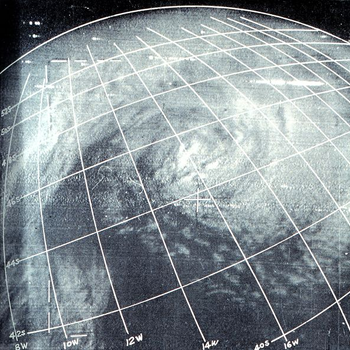Question #1590c
1 Answer
Jan 9, 2018
Explanation:
Your original function is
For simplicity, I will rewrite this as the following
So this uses a chain rule and a power rule. The chain rule says the following:
In this case, we can make the observation that
and
So now we need to take the derivative of each:
So now we can finish the chain rule using the logic mentioned above that
to get the final answer

